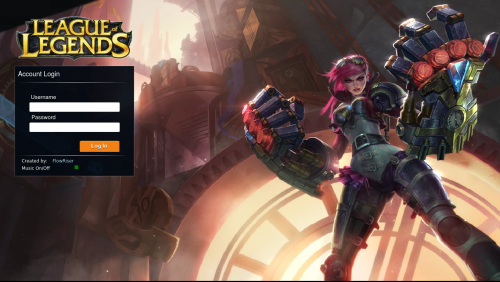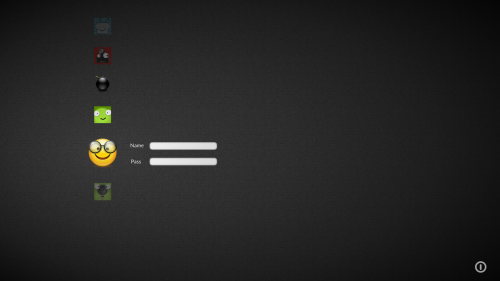As KDE-LightDM prepares for heading into extragear, I'm busy tying up all the loose ends and final bits of polish on the product. One of the final items left is working on making it easy for modders and hackers to build their own themes and make these really easy to install for all users.
In recent weeks, I've had two people contact me with regards to making their own themes which is really encouraging.
Stoica-Marcu Andrei (FlowRiser) has developed a login manager theme that looks like the login theme that mimics the video game "League Of Legends". As an old person I don't really know what that is, but I do know it looks very nice. The still screenshot shot does not do it justice, there's things animating and moving and there's sound and all sorts.

Whilst this obviously isn't to everyone's taste and won't ever be shipped with KDE-LightDM, it's really encouraging to see someone take the flexibility the QML-powered theme engine provides and make something really unique with it beyond anything I had imagined. It also helps to confirm a lot of design decisions I made along the way.
There's also been some interest from KDE's graphic artist Nuno Pinheiro, working on some interesting ideas.

This requires the git-latest version of KDE-LightDM, as well as some manual installation for now.
In the long term I hope to have a category on kde-look, or equivalent.
Contact me (d_ed) in #kde-lightdm on Freenode if you're interested.




